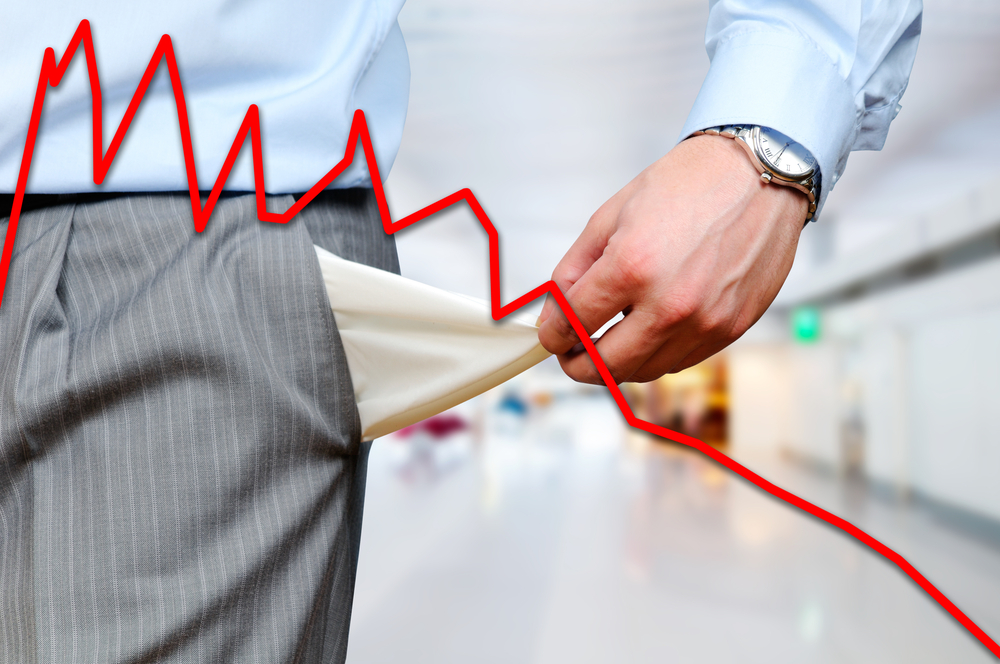A true story of a person’s bankruptcy from Poland
Last Updated on 06/07/2025 by Admin

REAL STORIES OF CONSUMER BANKRUPTCY: HOW ORDINARY PEOPLE ESCAPED THE DEBT TRAP
INTRODUCING THE HUMAN SIDE OF BANKRUPTCY
When we talk about consumer bankruptcy, most people think of legal procedures, court filings, and debt schedules. But behind every case is a human story—someone who tried to stay afloat but eventually needed a lifeline. Understanding bankruptcy through real-life experiences can shed light on not only the law itself but the emotional and financial toll it takes on individuals. In this article, we explore personal stories from online forums where people have opened up about their journey through bankruptcy. Their honesty reveals valuable lessons for anyone feeling overwhelmed by debt.
WHEN GAMBLING LEADS TO FINANCIAL COLLAPSE
Let’s begin with the story of Tomek, a man who lived in a small rural village and struggled for years with a gambling addiction. On May 19, 2021, he filed for consumer bankruptcy. Just a few weeks later, on June 8, the court approved his request. By mid-June, a court-appointed trustee showed up at his home, where he was living with his wife at his parents’ house.
At the time, Tomek was earning around 2500 zł per month and owned very little of value. His total assets were worth about 6000 zł, and liquidation of his property continued until the end of that year. In December, the trustee submitted a final report and distribution plan.
In January 2022, the court ordered a two-year repayment plan, setting monthly installments at 310 zł. While Tomek owed roughly 28,000 zł in total, only 15,000 zł of verified creditor claims were submitted. The first six payments went toward covering bankruptcy administration costs, and the remaining payments helped reduce the verified debts.
What’s interesting is that despite gambling being the main reason for Tomek’s debt, the court did not extend the repayment period beyond two years. By law, this plan could have been stretched to seven years in cases where the debtor intentionally worsened their financial situation. The court apparently believed Tomek had taken some steps toward accountability, sparing him from a longer repayment plan.
THE DOWNWARD SPIRAL OF HIGH-INTEREST LOANS
Then there’s Anna, a woman who fell into a credit trap after her divorce. With a child to care for and no consistent child support from her ex-husband, she tried to keep things together financially. Her state aid was minimal, so she took out a small personal loan. When she had trouble repaying it, she turned to short-term payday loans.
The first loan was interest-free—but only if paid back on time. She missed the deadline and found herself hit with massive interest and penalties. Desperate, she borrowed more from a lender that didn’t even check her credit record. That loan, meant to consolidate her previous debts, also became unmanageable.
Then the pandemic struck. Anna, who worked in the travel industry, saw her job reduced to part-time. Harassed by debt collectors, she finally contacted a legal office that helped her file for bankruptcy.
In March 2022, the court approved her case. Her assets were liquidated for 15,000 zł, of which 8000 zł covered legal fees. The rest went to creditors. A three-year repayment plan was established in August 2022, requiring monthly payments of 250 zł. Once completed, the remaining balance of 35,000 zł—mostly interest and penalties—would be forgiven.
Her story shows how one financial misstep, combined with life circumstances, can snowball into unmanageable debt. It also shows that bankruptcy is not a dead end—it’s a way forward.
NO ASSETS? NO PROBLEM—BANKRUPTCY IS STILL AN OPTION
Perhaps the most powerful story is that of Piotr, who found himself with no home, no job security, and no assets. After a painful divorce, he was ordered to pay disproportionately high child support. He left the country to seek better pay but ended up being exploited by an unscrupulous employer.
Returning home, he struggled to find stable work and started drinking to cope. Living off-the-books, he could only qualify for high-interest payday loans. These quickly became a financial noose around his neck. After entering rehab, he decided to reclaim his life and file for bankruptcy.
In March 2023, the court declared him bankrupt. The trustee found nothing of value to liquidate. This wasn’t a problem—owning nothing doesn’t disqualify anyone from bankruptcy, as long as the financial hardship is real. However, child support debts cannot be discharged under bankruptcy laws. Piotr was still responsible for those.
The court approved a 48-month repayment plan, with 500 zł monthly payments targeting his 40,000 zł loan debt. The early payments would go toward court fees, and whatever remained would help satisfy his creditors. The rest would be forgiven once he completes the plan.
Piotr’s journey is a reminder that bankruptcy is available even to those with nothing but hope. And for him, hope is now back on the table.
WHAT WE CAN LEARN FROM THESE REAL STORIES
The stories of Tomek, Anna, and Piotr share something powerful in common—they remind us that debt can happen to anyone, and that recovery is possible.
They also show that bankruptcy is not just about numbers. It’s about second chances. Whether your debt comes from gambling, toxic loans, or life taking a hard turn, there is a way forward.
But these stories also come with warnings. Ignoring debt makes it worse. Borrowing to repay other loans is a dangerous game. And once your back is against the wall, it takes courage to face the system and ask for help.
Each of these individuals had a moment of truth. They chose to face their situation, not run from it. And that’s what truly matters.
FINAL THOUGHTS: BANKRUPTCY ISN’T THE END—IT’S A NEW BEGINNING
In the past few years, more people than ever have filed for consumer bankruptcy. And it’s not a sign of failure—it’s a legal path to start over. If you’re drowning in debt, feeling alone, or unsure what to do, take inspiration from these stories. They prove that even the darkest financial moments can lead to a brighter future.
When the weight of debt becomes too heavy to carry, consumer bankruptcy can offer not just relief—but a real, meaningful fresh start.






